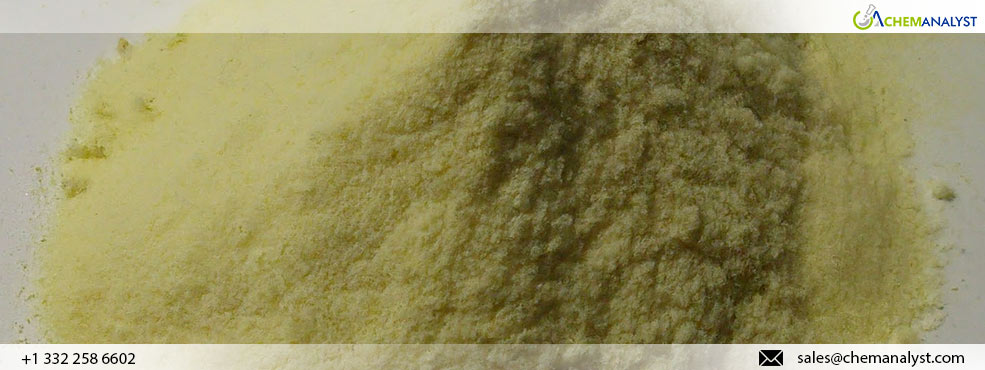The Evolving US Valine Market: From Price Firmness to Emerging Weakness
- 26-Jul-2024 3:28 PM
- Journalist: Harold Finch
The amino acids market across the United States is currently reflecting a weakening trend, driven by various factors impacting pricing and trading sentiments across different regions.
Various amino acids, such as Valine, a critical amino acid for livestock feed, are maintaining their firmness for spot and nearby deliveries in several regions. Despite this stability, there are emerging signs of softening in the market. Specifically, price offers for Valine for the third quarter are starting to weaken. This trend is attributed to several key factors. Firstly, there has been a noticeable decline in freight rates since the beginning of the quarter. Lower transportation costs until now have eased some of the logistical pressures that had previously supported higher prices. This reduction in freight costs is particularly impactful for products traded internationally, as it contributes to a decrease in overall amino acids such as Valine prices and supports the market trading atmosphere yet again in terms of imports. Secondly, the decline in the prices of key raw materials used in amino acid- Valine production has also played a significant role. As raw material costs drop, production expenses are reduced, which in turn leads to lower final product prices. This decrease in production costs aligns with the broader trend of softening prices in the amino acid Valine market.
Additionally, the global market for Valine has experienced a slowdown in demand, irrespective of ease in supply disruption, partly due to economic uncertainties and shifts in consumer preferences. As the demand for Valine has not kept pace with the available supply, prices have adjusted downward to reflect the market conditions. The consequences of this price drop are extensive.For the agricultural industry, which relies heavily on Various amino acids such as Valine as supplements for animal feed, the lower costs could translate into reduced production expenses. This, in turn, may lead to lower prices for meat and dairy products, providing some relief to consumers facing rising food costs.
Moreover, moving forward towards the nutritional sector, the decline in amino acid, particularly the Valine prices could make dietary supplements more affordable for consumers, potentially encouraging greater adoption of these products. This could benefit individuals seeking to improve their overall health and well-being through nutritional supplements.
However, industry experts caution that while the price drop presents opportunities, it is essential for stakeholders to remain vigilant about potential market fluctuations. The Valine market is influenced by various factors, including geopolitical events, trade policies, and environmental conditions. These factors could impact future price trends and market stability.
Overall, the significant drop in amino acids such as Valine prices throughout July 2024 represents a noteworthy shift in the market trading and demand-supply sdie. As the industry adjusts to this new pricing landscape, stakeholders will need to navigate the evolving dynamics to leverage opportunities and address challenges effectively. The coming months will be critical in determining whether this trend continues or if the market experiences a rebound.



